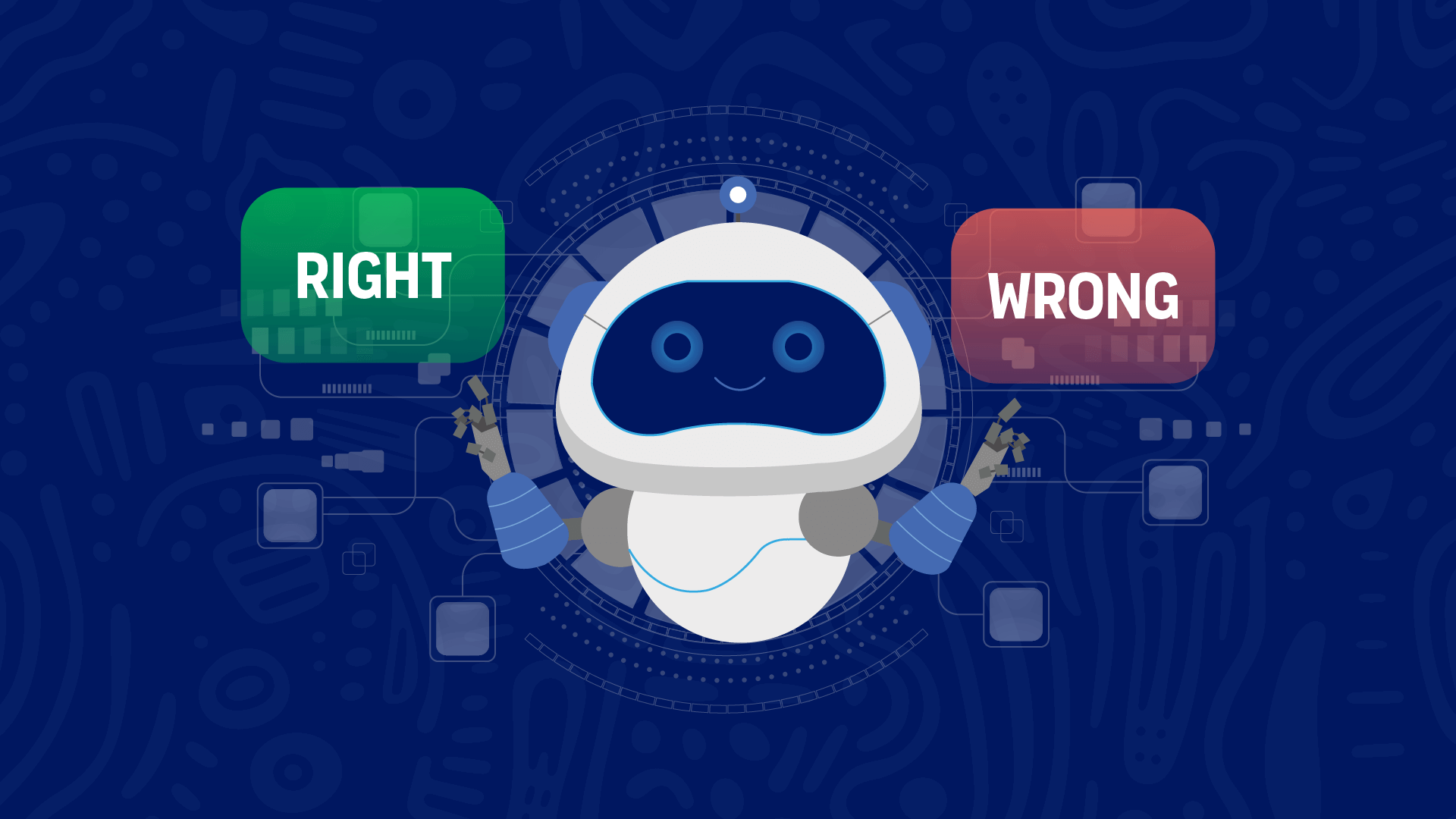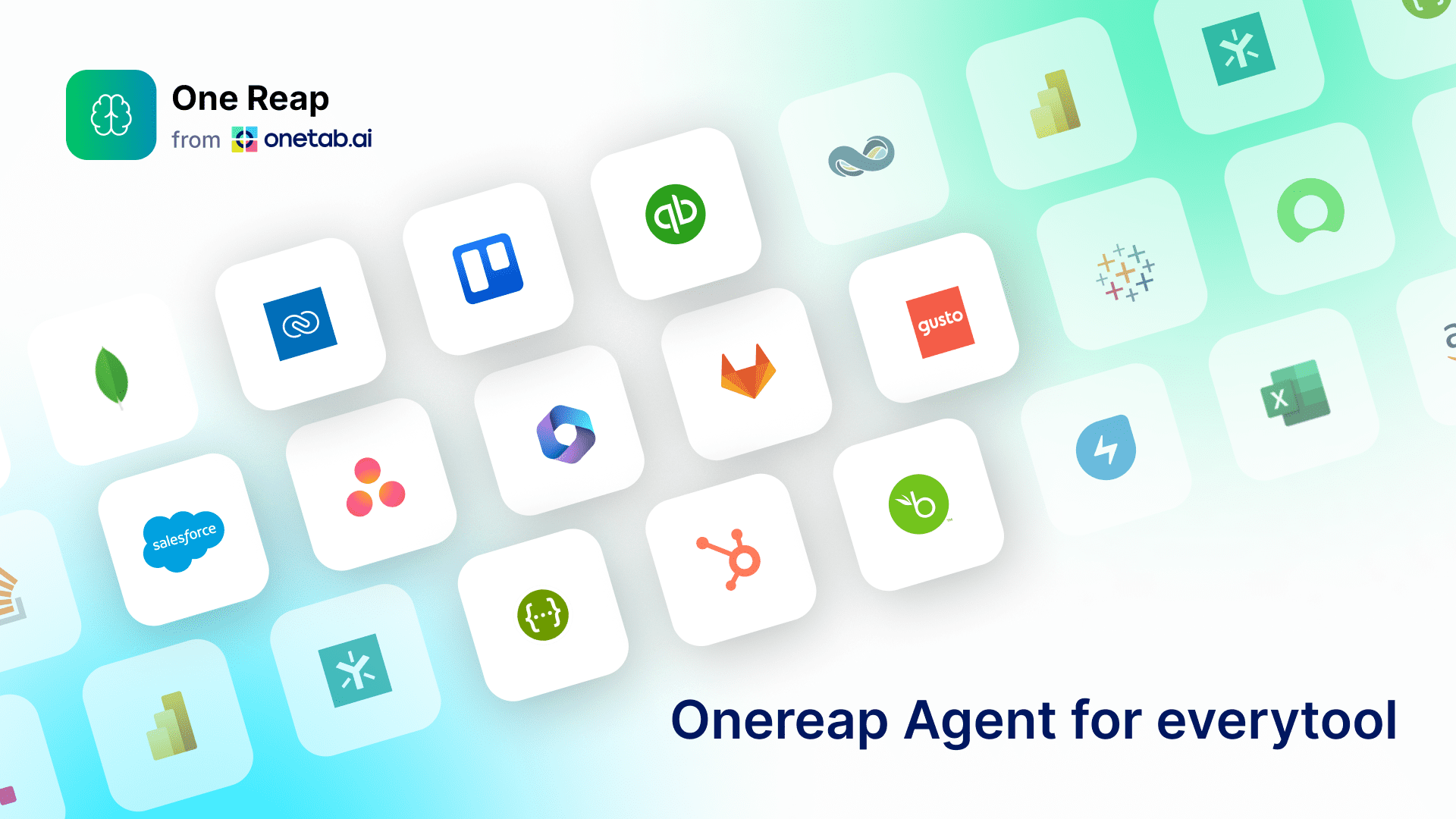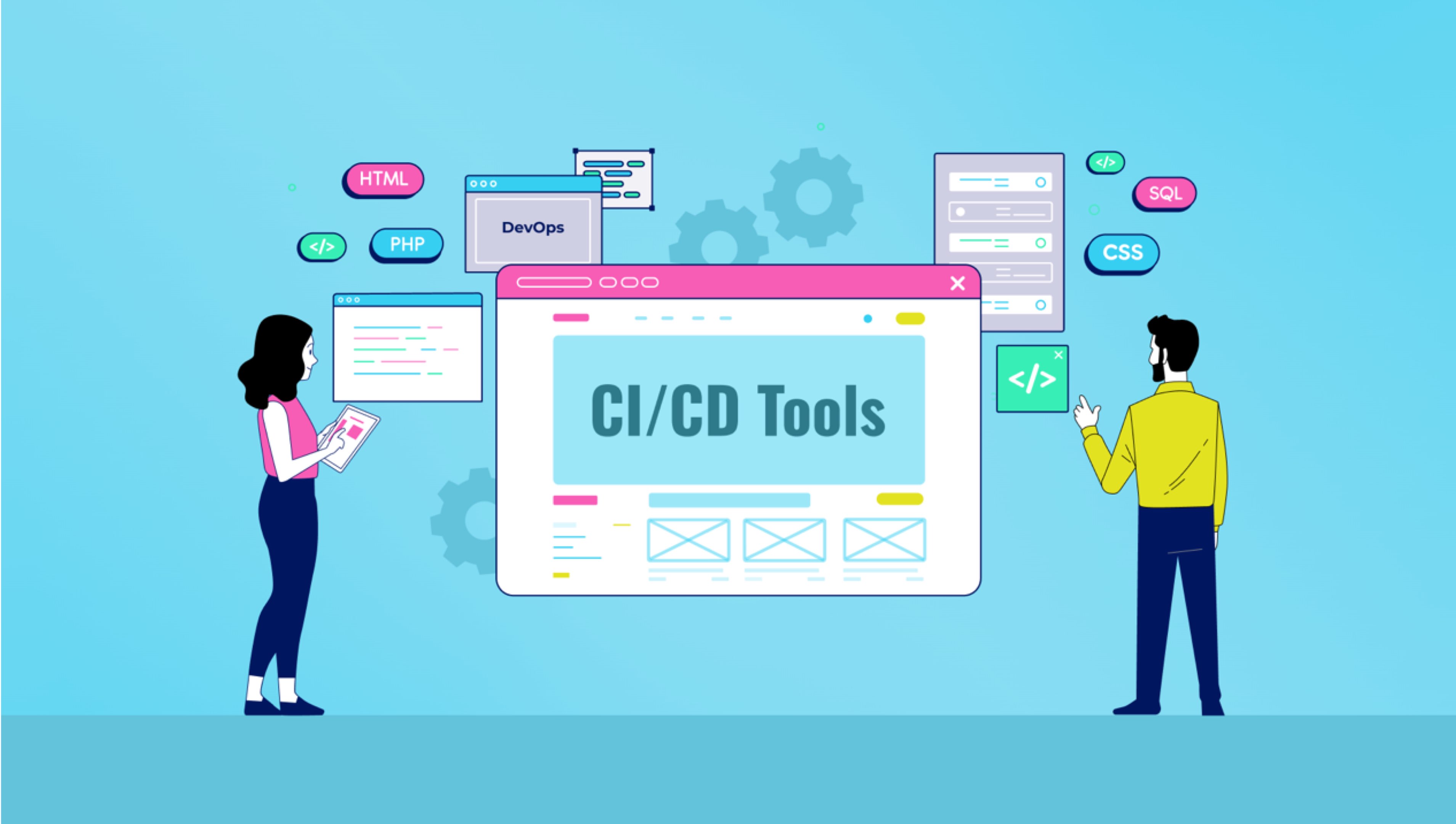Successful projects often come down to how well a team collaborates. Whether you’re part of a small startup or a large enterprise, teamwork plays a crucial role in transforming ideas into real-world achievements. When collaboration is seamless, even the most complex tasks become manageable. However, the opposite is also true—without effective collaboration, even simple projects can become tangled in miscommunication, missed deadlines, and unmet goals.
Why is collaboration between teams so important?
As workforces become more distributed and hybrid work models gain prominence, ensuring team alignment can be challenging. However, with the right strategies, project management tools, and communication techniques, collaboration becomes second nature.
For instance, a team spread across different countries, with each member tackling a part of the overall project, can prove challenging. Without proper communication, clear roles, and the right technology in place, such a project could easily fall apart. But when these elements are established with the right project management tool, collaboration can fuel creativity, productivity, and, ultimately, success.
Tip 1: Establish Clear Communication Channels
Having multiple communication tools and platforms can sometimes create more confusion than clarity. That’s why it’s crucial to have a central hub where all communication takes place, ensuring that everyone stays in sync, opinions are heard, and issues are resolved in a timely manner.
When team members are scattered across different locations or departments, the risk of miscommunication and overlooked details increases. A single, dedicated communication platform—whether it’s a project management tool or a team messaging app—acts as the backbone of your project. It encourages open dialogue and ensures that updates, feedback, and critical information are stored in one accessible place. This reduces the chances of someone missing out on important conversations or updates and helps eliminate discrepancies.
Tip 2: Define Roles and Responsibilities Early
One of the best project management practices is clearly defining roles and responsibilities from the outset. By setting expectations early, you prevent confusion, avoid overlapping duties, and create a smooth, efficient workflow. Clarity in roles allows each team member to focus on their specific tasks, boosting productivity while reducing misunderstandings.
In a well-structured team, individuals can focus on their specific tasks, confident that other parts of the project are being handled by the right people. This is especially important in complex, cross-functional projects where various departments—such as IT, marketing, and operations—need to collaborate. It also helps eliminate bottlenecks, as people aren’t stepping on each other’s toes or waiting for direction.
Project management can become a lot easier when you have one chat platform or project management tool that lets you oversee tasks across departments. By defining who handles the system architecture, who is responsible for implementation, and who manages training, you can ensure that no one is duplicating efforts, and everyone is working in sync. This allows you to easily monitor accountability and make adjustments where needed.
Tip 3: Set Measurable Goals and Deadlines
Clear, measurable goals are essential for effective project management. Project management tool teams stay organized by using the SMART framework—Specific, Measurable, Achievable, Relevant, and Time-bound.
How Project Management Tools Enhance SMART Goals
The SMART in SMART goals stands for Specific, Measurable, Achievable, Relevant, and Time-bound.
-
Specific
Project management tools allow you to break down complex goals into specific, actionable tasks. For example, instead of a broad goal like “Launch a new feature,” you can use these tools to create detailed tasks such as “Design UI mockups,” “Develop backend functionality,” “Set up CI/CD pipelines,” and “Conduct user testing.” This level of specificity ensures clarity and assigns clear responsibilities to team members. Specific goals eliminate ambiguity, allowing everyone to focus their efforts in a unified direction.
-
Measurable
These tools offer built-in metrics and dashboards to track progress against measurable targets. For instance, if you aim to “Increase lead generation by 30% over the next quarter,” you can use the tool’s analytics to monitor real-time metrics such as the number of leads generated each week.
For tech-driven projects, API building and insights can further enhance measurement capabilities. By integrating an API monitoring dashboard, you can track detailed performance metrics, automate data collection, and generate actionable insights. For example, using API insights to monitor user interactions with a new feature can provide real-time data on its effectiveness, helping you adjust strategies quickly and accurately.
-
Achievable
Project management tools help you set realistic goals based on your team’s capabilities and resources. For example, if your goal is to “Complete a product launch,” you can use the tool to break it down into smaller, manageable tasks like “Finalize product design,” “Develop marketing materials,” and “Coordinate launch event.” The tool’s capacity planning features ensure that goals are feasible by allocating resources and setting realistic timelines based on your team’s workload.
-
Relevant
Ensure that all tasks are aligned with broader project objectives using these tools. For example, if the main goal is to “Enhance the user experience on your website,” project management tools can help you set relevant tasks such as “Redesign the homepage layout” and “Improve site navigation.” By linking these tasks to the overall project goals, you ensure that every effort contributes to the larger objective, maintaining focus and relevance.
Additionally, Code AI tools can be leveraged to streamline your development processes. For instance, if you need to quickly convert a design into code, you can use Code AI tools to upload a screenshot and receive the corresponding HTML code. This integration speeds up development, ensures consistency, and aligns with your project’s goals efficiently.
-
Time-bound
Managing deadlines is streamlined with project management tools that provide features such as Gantt charts and deadline reminders. For example, if your goal is to “Complete user acceptance testing by July 15,” the tool will set milestones, send reminders, and provide a visual timeline to track progress. This keeps the team aware of upcoming deadlines, prevents procrastination, and ensures timely completion of project phases.
Tip 4: Leverage Technology for Collaboration
There’s no shortage of tools designed to enhance collaboration and streamline teamwork. Project management tools can help teams work more efficiently and effectively. The right technology can make all the difference in enabling seamless collaboration.
- Centralized Communication: Integrated chat and file-sharing features within project management tools create a single hub for all team communications, ensuring that updates, discussions, and feedback are easily accessible and organized.
- Task Management and Visibility: Tools for task management with assignments and progress tracking, as well as visual dashboards, help teams monitor responsibilities and identify bottlenecks. Assign tasks, set deadlines, and view progress all in one place for clear accountability and smooth workflow.
- Integration with CI/CD Pipelines: Many project management tools integrate with CI/CD pipelines, automating testing and deployment processes. This seamless integration helps maintain project momentum by reducing manual intervention and ensuring continuous progress.
- Document Sharing and Real-Time Collaboration: Real-time online document editing and commenting features allow team members to work together on the same documents, ensuring everyone is aligned and working with the latest information.
- Reporting and Analysis: Project management tools often include reporting and analytics features that provide insights into project performance. Generate reports on task completion, resource allocation, and project timelines to analyze progress and make data-driven decisions.
By effectively utilizing these features, project management tools enhance collaboration, streamline workflows, and provide valuable insights, contributing to more successful project outcomes.
Tip 5: Foster a Culture of Feedback and Continuous Improvement
Creating an environment that values feedback and continuous improvement is vital for project success. Implementing project management tools can greatly facilitate this process:
- Regular Check-ins: Use project management tools to schedule and manage regular check-ins and retrospectives. These sessions allow teams to discuss what went well, identify areas for improvement, and adapt strategies accordingly. For example, setting up recurring meetings in your tool ensures that feedback is consistently gathered and acted upon.
- Centralized Feedback Collection: Tools with feedback features or integration capabilities allow team members to provide input directly within the platform. This centralized approach ensures that all feedback is collected in one place, making it easier to review and address.
- Actionable Insights: Many project management tools offer analytics and reporting functionalities that highlight performance trends and areas needing improvement. Use these insights to make informed decisions and refine processes. For instance, analyzing task completion rates and resource utilization can reveal patterns and opportunities for enhancing efficiency.
- Encouraging a Growth Mindset: By fostering a culture where feedback is actively sought and valued, teams can continuously learn and adapt. Project management tools support this culture by making feedback and improvement processes transparent and integrated into daily workflows.
- Tracking Progress on Improvements: Utilize your project management tool to track progress on action items resulting from feedback. This ensures that improvements are implemented and monitored effectively, reinforcing the commitment to continuous development.
Embracing feedback and leveraging project management tools to facilitate this process helps teams evolve, enhance their performance, and achieve better project outcomes.



